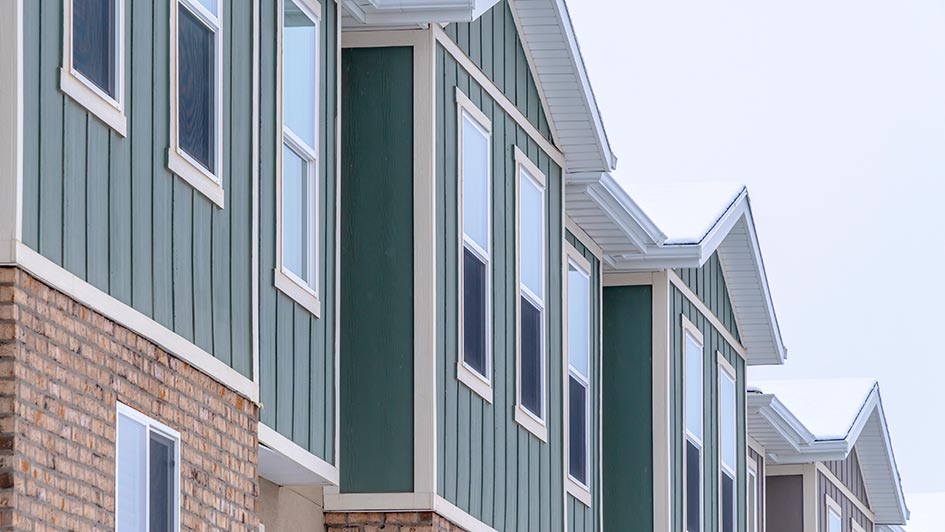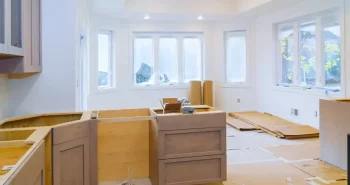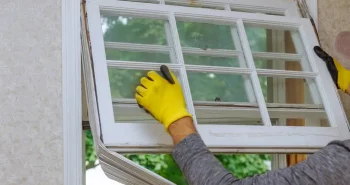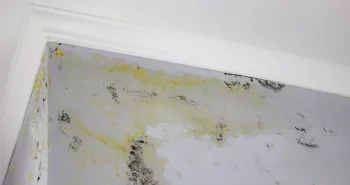When it comes to boosting curb appeal and protecting your home, few choices are as important as your siding. It’s not just about color or material — even the direction you install your siding (vertical vs. horizontal) can completely change the look, feel, and maintenance needs of your home.
At First Star Exteriors, we’ve helped hundreds of homeowners navigate this decision, and today, we’re breaking it all down so you can choose confidently.
What Is Vertical Siding?
Vertical siding is exactly what it sounds like — siding panels installed vertically, from the ground up toward the roofline. This style creates long, clean lines that draw the eye upward, making homes appear taller and more modern.
Common materials for vertical siding:
- Board and batten (a popular choice!)
- Metal panels
- Vinyl vertical panels
- Engineered wood
Best home styles for vertical siding:
- Modern Farmhouses
- Contemporary or minimalist homes
- Rustic barns or country cottages
- Industrial-style homes
What Is Horizontal Siding?
Horizontal siding features panels installed from side to side, creating a wide, steady flow across the home’s exterior. It’s the most traditional and popular siding orientation in the U.S.
Common materials for horizontal siding:
- Traditional lap siding (wood or vinyl)
- Dutch lap siding
- Fiber cement planks
- Composite materials
Best home styles for horizontal siding:
- Colonial homes
- Cape Cods
- Craftsman houses
- Ranch-style homes
Visual Appeal: Style and Aesthetics
Vertical Siding:
- Adds height and drama to a home’s exterior.
- Perfect for modern, trendy designs.
- Looks striking on accent walls, entrances, and gables.
Horizontal Siding:
- Classic, timeless look that appeals to many buyers.
- Balances proportions nicely on one- and two-story homes.
- Fits traditional neighborhoods beautifully.
Pro Tip from First Star Exteriors: If you love the charm of tradition but want to stand out, mixing both styles (horizontal main siding with vertical accents) can give your home a custom, magazine-worthy look!
Durability and Weather Resistance
How siding direction affects performance:
- Horizontal siding is more prone to water seepage between boards, especially if not properly maintained.
- Vertical siding naturally channels water downward, which can improve water runoff and decrease the risk of leaks in heavy rain areas.
Regional considerations:
- In climates with lots of rain or snow, vertical siding may last longer with fewer maintenance headaches.
- In dry, moderate climates, either option can perform equally well.
Ease of Installation
Horizontal siding is often faster and simpler to install because it follows the “standard” practice most contractors are familiar with. Labor tends to be cheaper for horizontal siding installations.
Vertical siding sometimes requires additional furring strips underneath to create a flat, even surface — adding extra materials, labor, and time to the job.
At First Star Exteriors, our installation teams are fully equipped to handle both orientations seamlessly, but it’s good for homeowners to understand that vertical siding might take a touch longer (and cost slightly more in labor).
Maintenance and Repairs
Horizontal Siding:
- Dirt and mildew tend to accumulate more visibly in the grooves between panels.
- Easier for minor repairs since panel replacement is straightforward.
Vertical Siding:
- Dirt tends to slide off more easily thanks to gravity!
- Repairs can sometimes be trickier, depending on material and layout.
Overall: Both options are fairly easy to maintain with occasional power washing and prompt repair of any damage.
Cost Comparison
Material Costs:
- Same Material: Prices are often very similar whether you choose vertical or horizontal orientation.
- Premium Looks: Vertical board and batten siding can sometimes be pricier because of its stylish appeal and extra labor.
Labor Costs:
- Horizontal siding is quicker and cheaper to install.
- Vertical siding may cost slightly more because of the additional work.
| Installation Type | Material Cost (per sq ft) | Labor Cost |
|---|---|---|
| Horizontal | $2–$8 | Lower |
| Vertical | $3–$9 | Higher |
Energy Efficiency and Insulation
The orientation of your siding has minimal direct impact on energy efficiency. What really matters is:
- The type of material you choose (some insulate better than others)
- Whether your siding is installed with added insulation layers underneath
Example: Insulated vinyl siding, whether vertical or horizontal, can significantly boost your home’s energy efficiency compared to non-insulated options.
Best Siding for Resale Value
When it comes to resale, buyers tend to favor classic looks. Horizontal siding usually feels familiar and safe for most homeowners.
However, vertical siding — especially board and batten — has exploded in popularity, especially with the boom in Modern Farmhouse designs.
Bottom Line:
- In traditional neighborhoods, horizontal siding might protect resale value better.
- In trendy or up-and-coming areas, vertical siding could boost your home’s “wow factor.”
Combining Both Styles
Want the best of both worlds? You can absolutely mix vertical and horizontal siding for a unique, personalized look!
Popular combos:
- Horizontal siding on the main body of the house, vertical siding on gables and dormers.
- Vertical siding as an accent wall around the front entrance or garage.
- Mixing materials too (like fiber cement horizontal siding with wood vertical accents).
First Star Exteriors Tip: Combining styles can make even a modest home feel custom-built and high-end — and it’s surprisingly affordable.
Frequently Asked Questions
Should I match my siding style to the neighborhood?
It’s a smart idea to consider neighborhood trends, especially if you plan to sell within a few years. But your home should also reflect your personal style!
Does vertical siding make a house look bigger?
Yes! Vertical lines draw the eye upward, making homes appear taller and often more stately.
Can I switch from horizontal to vertical siding easily?
Technically, yes, but it depends on your current wall framing and prep work. Switching orientations may require extra underlayment or furring strips for a clean install.
Conclusion: How to Choose What’s Best for Your Home
Choosing between vertical and horizontal siding comes down to a few key questions:
- What look are you going for?
- How much maintenance are you willing to do?
- What’s your budget?
- How important is matching the neighborhood style?
At First Star Exteriors, we believe your home should reflect your style while standing strong against the elements. No matter which siding orientation you choose, the right installation makes all the difference.
Need help picking the perfect siding for your home?
👉 Contact First Star Exteriors today for a free consultation and personalized recommendations. Let’s bring your vision to life!





